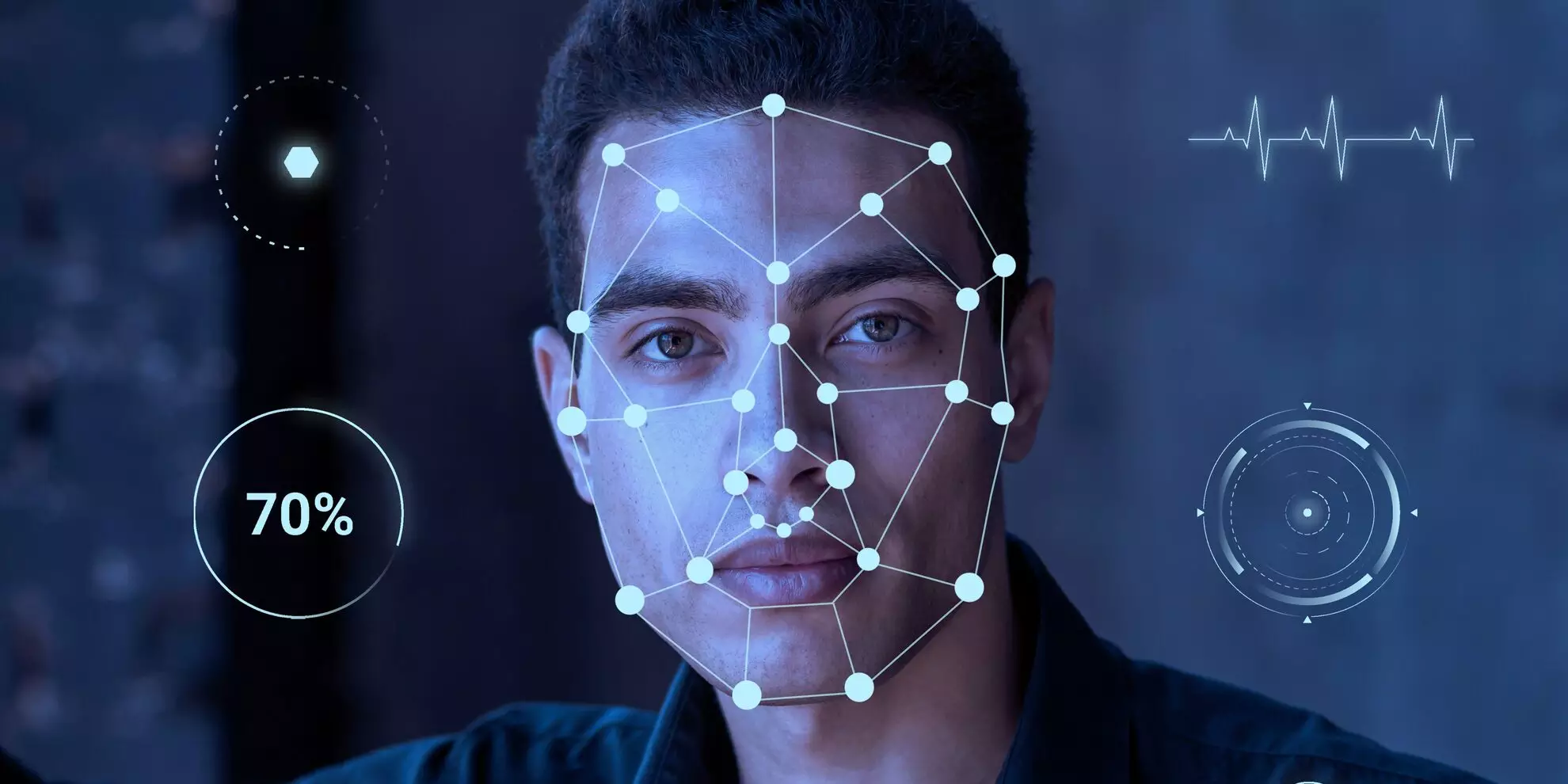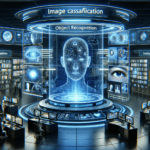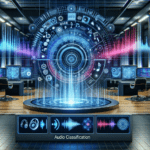
AI is transforming industries by redefining traditional structures and improving efficiency through classification. Choosing the right AI tool for classification is crucial to prevent wasting resources and achieve optimal outcomes.
Designing a Pathway for Effective AI Tool Selection for Classification Tasks
AI tools can analyze various data types such as text, image, audio, and video. Choosing the right tool depends on the task and data at hand, leading to successful outcomes.
- Understanding task objectives: An AI tool’s effectiveness depends on how well it aligns with the task’s objectives. If the tool isn’t tailored to the specific nuances and requirements of the task, the classification results can be imprecise or inaccurate. Misaligned AI tools can lead to a waste of computational resources, longer processing times, and increased costs. An optimized tool for a specific objective ensures that resources are utilized efficiently.
- Recognizing data types: Different AI tools are designed to handle different data types. Text-based data is best handled by Natural Language Processing (NLP) tools, images by computer vision algorithms, audio data by speech recognition and processing tools, and video data often requires a combination of computer vision and audio processing algorithms.
AI Tools for Classification
AI tools for classification tasks are designed to categorize diverse, detailed information into defined classes based on shared characteristics without losing the nuanced differences. From identifying the primary topics in complex research articles to recognizing distinct events within a long video, these tools employ advanced machine learning techniques to understand, interpret, and sort data across various formats and domains.
Text Classification
Text classification is a subfield of Natural Language Processing (NLP) that involves categorizing text into predefined groups.

Application: Spam filtering, Sentiment analysis, Topic labeling, Intent detection, Language detection, and Plagiarism detection.
AI models can be beneficial in various text analysis tasks. For instance, they can learn to classify emails or messages as spam or not spam based on their content, providing clean and efficient communication channels. In sentiment analysis, AI can identify and categorize opinions expressed in a text, especially to determine the writer’s attitude toward a particular topic or product as positive, negative, or neutral. This is crucial for businesses to gauge customer sentiment toward products or services.
Furthermore, text classification can be used to assign topic labels to text documents automatically. This is particularly useful for organizing, searching, and summarizing large volumes of text data, such as news articles and academic papers. Additionally, AI can classify user inputs based on the user’s intention, which is particularly useful in chatbots or virtual assistants. Text classification can also be used to detect the language of a text, which plays a pivotal role in offering language-specific services, and plagiarism detection tools are vital in maintaining integrity and originality in academic and professional writing.
🛠️ Tools:
- Spam filtering: Hummingbird, MailGuard.
- Sentiment analysis: MonkeyLearn, Google Cloud Natural Language API, ChatGPT.
- Topic labeling: Google Bard, Amazon Comprehend, TextRazor, ChatGPT.
- Intent detection: Dialogflow, Amazon Lex, Microsoft LUIS.
- Plagiarism detection: Turnitin, Grammarly, Plagiarism Checker.
Image Classification
Image classification with AI now achieves remarkable accuracy in identifying and categorizing images.

This is being used in several ways: Object recognition, Facial recognition, etc. AI models can also interpret the emotional content or sentiment of an image. For instance, they might identify an image as sad or happy based on the expressions of people in the image or the overall color scheme.
Application: Automated image tagging and Facial recognition.
AI-powered image classification can automatically generate tags for an image based on the objects, scenes, or activities it contains. This is useful in improving search functionality and organization in large image databases, such as stock photography websites. Moreover, Image classification is an integral part of Facial recognition systems, which identify or verify a person’s identity using their face. This has applications in security, social media, and various other fields.
🛠️ Tools:
- Image classification: Google Teachable Machine, Microsoft Lobe, Apple Create ML.
- Automated image tagging: Labelbox, SuperAnnotate, Google Teachable Machine.
- Facial recognition: Face++, Kairos.
Audio Classification
Audio classification is a machine learning and signal processing process that allows a computer to categorize and identify sounds or audio signals. It is a subfield of digital signal processing that includes algorithms that can identify and categorize sounds such as music, speech, environmental sounds, and other auditory signals. The objective is to extract meaningful features from the audio signal and use these features to classify the audio into predefined classes or categories.

Application: Automatic Speech Recognition (ASR), Music classification, Environmental sound classification, Emotion detection, and Speaker identification.
Automatic Speech Recognition (ASR) has become integral in various applications such as voice assistants (Siri, Alexa, etc.), transcription services, and customer service bots. ASR can convert speech to text, which can then be analyzed for insights or instructions. AI technology can also classify music into different genres, moods, or even by instrument sounds. Furthermore, environmental sound classification can be used to identify sounds in a given environment, such as industrial noises in a factory to detect anomalies or malfunctions, urban sounds for smart city applications, or wildlife sounds for biodiversity monitoring. By analyzing the prosodic features (pitch, volume, rate, etc.) of speech, AI systems can classify the speaker’s emotional state, which is beneficial in fields like customer service and mental health. Additionally, AI can be used to identify a speaker based on their unique vocal characteristics. This has applications in security (voice biometrics), personalized user interfaces, and forensics.
🛠️ Tools:
- Audio classification: Sound ID, Amper Music, Amazon Transcribe.
- ASR: Google Cloud Speech-to-Text, Amazon Transcribe, Rev, Otter.ai.
- Music classification: Amper Music.
- Environmental sound classification: Sound ID.
- Emotion detection: Affectiva, Microsoft Azure Emotion API, Speech Analyzer.
- Speaker identification: SpeakerDiarization, SpeakerVerifier, Amazon Transcribe.
Visual Classification
Video classification is a computer vision task that categorizes video content into one or multiple classes, taking into account the temporal dimension and sequence of frames.

Application: Video surveillance, Activity recognition, Object tracking, and Scene understanding.
In security and surveillance, AI can be used to automatically classify and detect anomalous events in real-time, enabling quicker responses. It can detect unusual activities, trespassing, theft, or monitor traffic and crowd movements. Additionally, AI has the ability to identify specific activities or actions in a video, such as recognizing if a person is running, jumping, or sitting. This feature can be useful in various fields, such as sports analytics, healthcare (for detecting falls in older adults), and even video games. For instance, the OpenPose algorithm can identify and track human body movement in video footage.
Furthermore, AI can identify and follow specific objects through a sequence of video frames, which is particularly important in applications like self-driving cars, where the AI needs to track other vehicles, pedestrians, and obstacles. Lastly, AI can be used to understand and classify the scene context in a video. This includes distinguishing between an indoor and outdoor scene or classifying the type of location, such as a beach, forest, city, etc.
🛠️ Tools:
- Video classification: Google Cloud Video Intelligence API, Amazon Rekognition Video, Microsoft Azure Video Indexer, Vidooly.
- Video surveillance: Axis Camera Station, Blue Iris, DeepSight.
- Activity recognition: Google Teachable Machine, Google Cloud Video Intelligence API, Amazon Rekognition Video, Microsoft Azure Video Indexer.
- Object tracking: Trackr AI, Object Tracker, DeepSort.
- Scene understanding: Clarifai, Microsoft Azure Video Indexer.